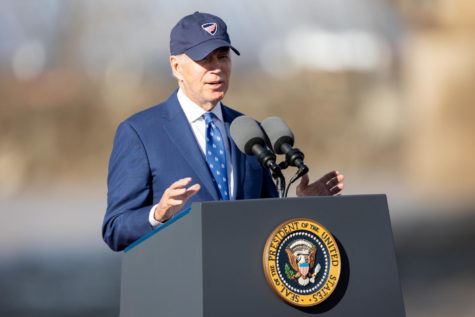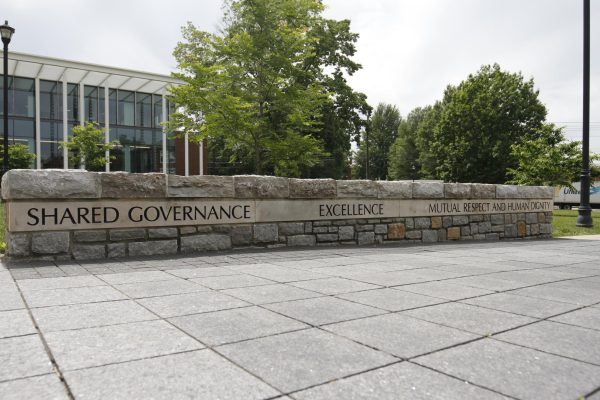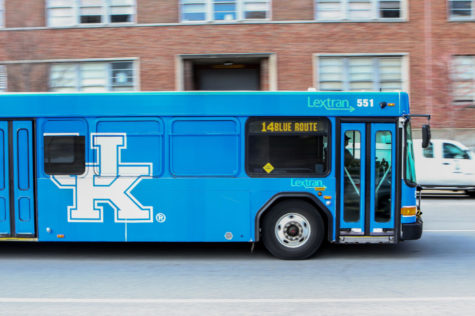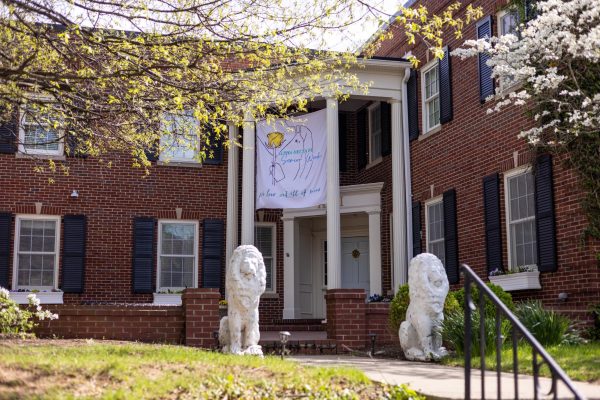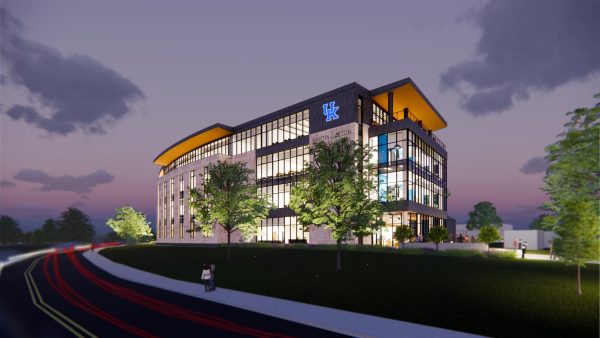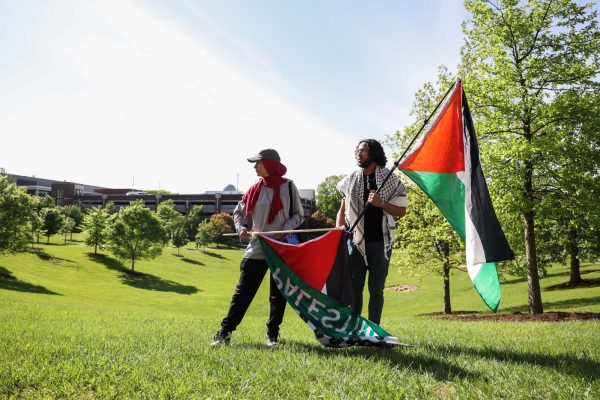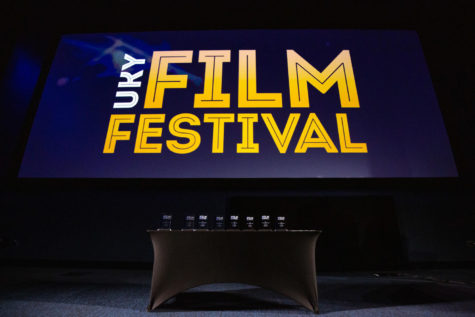Creating Dinosaurs, Popular lecture will allow larger crowd
February 10, 2011
By Drew Teague
Jurassic Park may be getting closer to reality than students think.
The world renowned paleontologist Jack Horner will be delivering a lecture on how scientists may be able to create dinosaurs now, out of one of peoples favorite foods, chicken.
University of Kentucky geology professor and Honors Program Director Frank R. Ettensohn helped put this program together and knew of Horner’s previous involvement with UK.
“He was here about 10, 12 years ago actually, for also a Darwin lecture,” Ettensohn said. “We had so many people we couldn’t get them all in. We sent about 200 people (away), the fire marshal wouldn’t let them in.”
In light of the last time Horner visited UK, Ettensohn, the president of the Kentucky chapter of the American Institute of Professional Geologists, got a larger space to accommodate a larger crowd for this time to help teach as many people as possible about geology.
“We now have the large concert hall, not the recital hall,” Ettensohn said. “It’s a public service type thing or an outreach type of thing, that our organization does to help inform people about geology and its importance in our lives.”
According to a news release, Horner has had a love for dinosaurs for a long time and is the curator and a professor at the Museum of the Rockies at Montana State University at Bozeman.
“We thought that Jack (Horner) would be very worthwhile having people listen to him,” Ettensohn said.
Ettensohn said Horner would be talking about the contents of his book and work, creating modern dinosaurs from chicken embryos.
“He’s going to actually be talking about his book,” Ettensohn said. “This is his book and that’s actually the title of his talk, ‘How to Build a Dinosaur: Extinction Doesn’t Have to Be Forever.’ What he’s going to propose and what he proposes in his book basically is that we can actually do kind of ‘reverse’ genetic engineering on chicken embryos and produce a dinosaur.”
Ettensohn said that birds have come from dinosaurs, they are the closest thing humans currently have to dinosaurs, though missing several key dinosaur elements.
“You know, birds are dinosaurs,” Ettensohn said. “They’re effectively dinosaurs, but some things have happened to them along the way and they’ve lost the long tail, lost the grasping kind of forelimbs and they’ve lost the teeth dinosaur’s had.”
Ettensohn said Horner is trying to look through the genes in the chicken’s DNA and find certain ones to turn on those missing dinosaur features.
“It turns out the genes for that kind of stuff is still present, but what we have to do it turn this off and turn them on,” Ettensohn said. “We have to be able to do, and what (Horner’s) working on with several other people is finding the regulator genes and turning them back on…in a chicken embryo and we could produce something like a dinosaur, they call it a ‘Chickenosaurus.’”
According to the news release Horner said the lecture, which is graduate-level, is able to be understood by most 4th graders.
Ettensohn noted that the work Horner and others are doing with this could have an impact on humans as well.
“There are possible human applications as well,” E said. “Many humans have spinal deformities or they get injured in an automobile accident and the tail is actually a projection of the spine. So if they found some way to turn off and on spine growth, they might be able to use this to help people with these deformities and injuries.”
The lecture is free to the public and will be held Thursday, Feb. 10 at 7:30 p.m. at the Singletary Center for the Arts in the Large Concert Hall.









































































































































